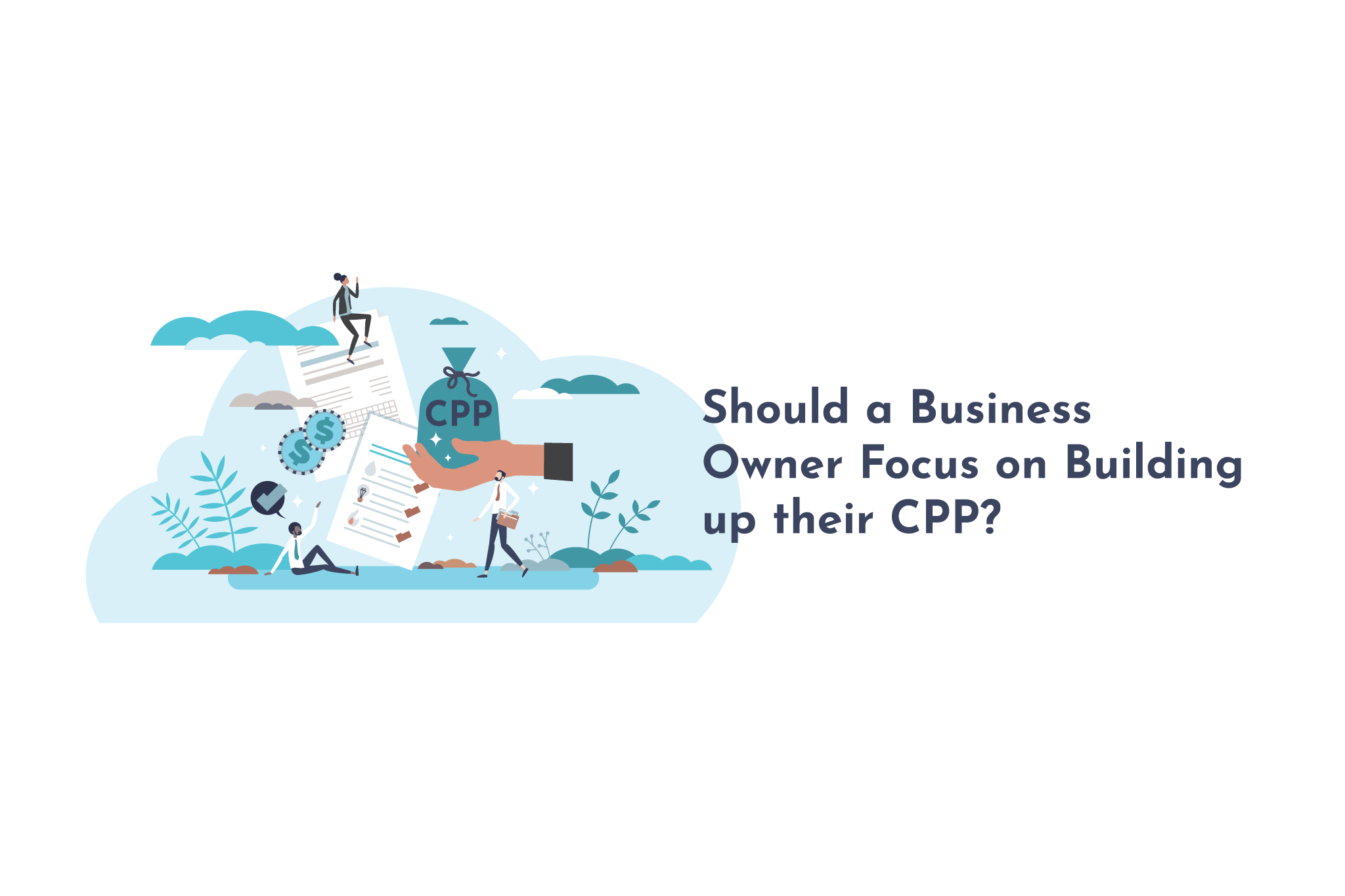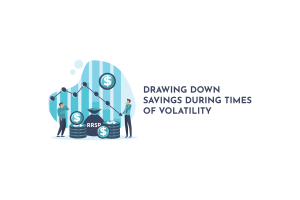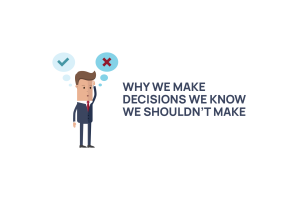There are three pillars to the Canadian retirement income system. One of these pillars is the private savings you can accumulate over the years (RRSPs, Pension Plans, TFSAs), the second is the Old Age Security (OAS) program, and the third pillar is the Canada Pension Plan (CPP). From these three pillars, OAS is funded via the income taxes you pay, and the source of your personal savings is self-explanatory. The third pillar, CPP, is funded by contributions made by both an employee and an employer based on the income you earn from your job. When we speak to business owners, we often find that there are a few common threads between them. One of the main opinions many business owners express is that they feel like they pay too much tax, and they are always looking for strategies to minimize the amount of tax that they are required to pay. When you own an incorporated business, there are definite advantages when it comes to tax planning, including the potential for paying yourself dividends rather than a salary. Another common thread that we see with business owners is that they often feel like they are getting a bit of a raw deal for their personal CPP because they have to pay both the employer and the employee portions of the contributions. It seems like business owners often equate any money that gets ‘paid to the government’ as a tax. This isn’t the case, though. Let’s take a look at why, as a business owner, you may want to make sure that you are logging credit in the CPP system.

In This Article:
- A Quick reminder on how CPP works
- But I Hate Sending My Hard Earned Money to the Government
- Back to the Original Question
A Quick reminder on how CPP works
Starting way back on your 18th birthday, you entered the CPP contributory period. What this means is that income you earned from employment beyond that date had CPP contributions deducted from it, and your employer made contributions as well (as long as you exceeded the minimum pensionable earnings amount for the year). The government has a detailed amount of how much you have contributed to the plan over your contributory period and will run a calculation for you that includes a provision that is designed to eliminate the effect that inflation would have had on your earnings. The information on how much CPP you are eligible for is available in your My Service Canada account. You need to be age 60 or older to collect CPP retirement benefits, and the amount that you receive will be indexed to keep pace with increases in consumer prices. Remember, CPP is not simply a retirement plan, though. It has these other benefits available as well:
- Disability Benefit – If you have contributed to CPP and have a disability that prevents you from working, you may be eligible for income replacement from CPP
- Survivor Benefits – If you have contributed to CPP and you pass away, your spouse and any dependent children can receive survivor benefits.
- Death Benefit – CPP members receive a death benefit payable to their estate.
- Post-Retirement Benefits – If you are collecting your CPP retirement benefit and are under the age of 70, your retirement income will increase with further contributions if you choose to work while collecting.
The key to all of this is that you need to have made contributions into the plan. The amount of CPP benefit that you are eligible to receive is related directly to this amount. The longer you have been making contributions and the more times you have hit the yearly maximum, the more you are eligible for.

But I Hate Sending My Hard Earned Money to the Government
As a business owner, you have undoubtedly thought about this. With all of the taxes that you pay, why should you also pay CPP contributions to the government? The answer to this lies in the details. Remember, all the money that you send to the government is not to pay tax. The taxes that the government collects from you are used to support a variety of services. The harsh reality behind taxation is that you may not personally benefit from everything that your tax dollars support, but that isn’t a requirement; it is required that you pay your taxes, and then the government gets to decide how to spend the money. CPP is different in one key way. That is, when you contribute money to CPP, it will directly benefit you in the future. This money is tracked, and you will receive cash flow in the future based entirely on these contributions. This is not a tax; CPP is an asset that you are contributing to now so that your future self can benefit from it.
We see a lot of business owners who seem to really get caught up in the idea that the only thing that they want to focus on is paying the least amount of personal income tax possible. As I mentioned previously, one of the ways that they look at doing this is by paying themselves dividends rather than a salary. People think that with the way that the income tax system works, the amount of tax they would owe on dividends would be lower than what they would pay on a salary. Why would you ignore these savings? The reality is that you aren’t really saving yourself money by engaging in this strategy. The reason behind this comes down to the concept of tax integration. While often misunderstood, tax integration looks to eliminate the differences in taxes owed based on how you structure your income. Dividend income is a prime example of tax integration. Since your corporation has paid a dividend in after-tax dollars, it is considered unfair to charge the full amount of income tax on the amount of dividend income you receive. The idea is that the system is integrated so that you don’t pay extra tax; it also aims to make it so that you don’t pay less based on how you structure your income. It isn’t a perfect system, though, and when it comes to paying yourself dividends only, it isn’t efficient. In most provinces, if you add up the amount of tax the corporation pays and the personal tax owed on dividends, you end up paying more tax than you would if you had drawn a salary. If you end up owing a bit more in tax dollars, what you need to do now is compare the amount of tax you would pay versus the CPP contribution you would require. You will likely see that you are not saving the equivalent of the full CPP annual contribution but rather only a portion of it. With this in mind, you may need to ask yourself, is the cost of not building your CPP entitlement worth the tax savings that you receive?
CPP: Back to the Original Question
We started off this journey by asking the question, should a business owner focus on building up their CPP? Here’s what we like to remind people of. CPP is an important part of your retirement plan. Compared to your personal savings, CPP provides you with the equivalent of a retirement annuity that is indexed to inflation. Your personal savings are not indexed in the same way. You need to rely on sound investment returns and strategic income planning to ensure that the purchasing power of your personal savings isn’t eroded by inflation. As the owner of the business, if you draw a salary, you do have to pay both portions of the CPP contribution, but this is an investment in an asset that you will benefit from in the future. Choosing to pay yourself dividend income based solely on the idea that you will get to avoid these contributions may not be the best choice for you. Talk to our financial advisory team to make sure that you don’t make a mistake that will have a detrimental effect on your future for perceived savings today.




